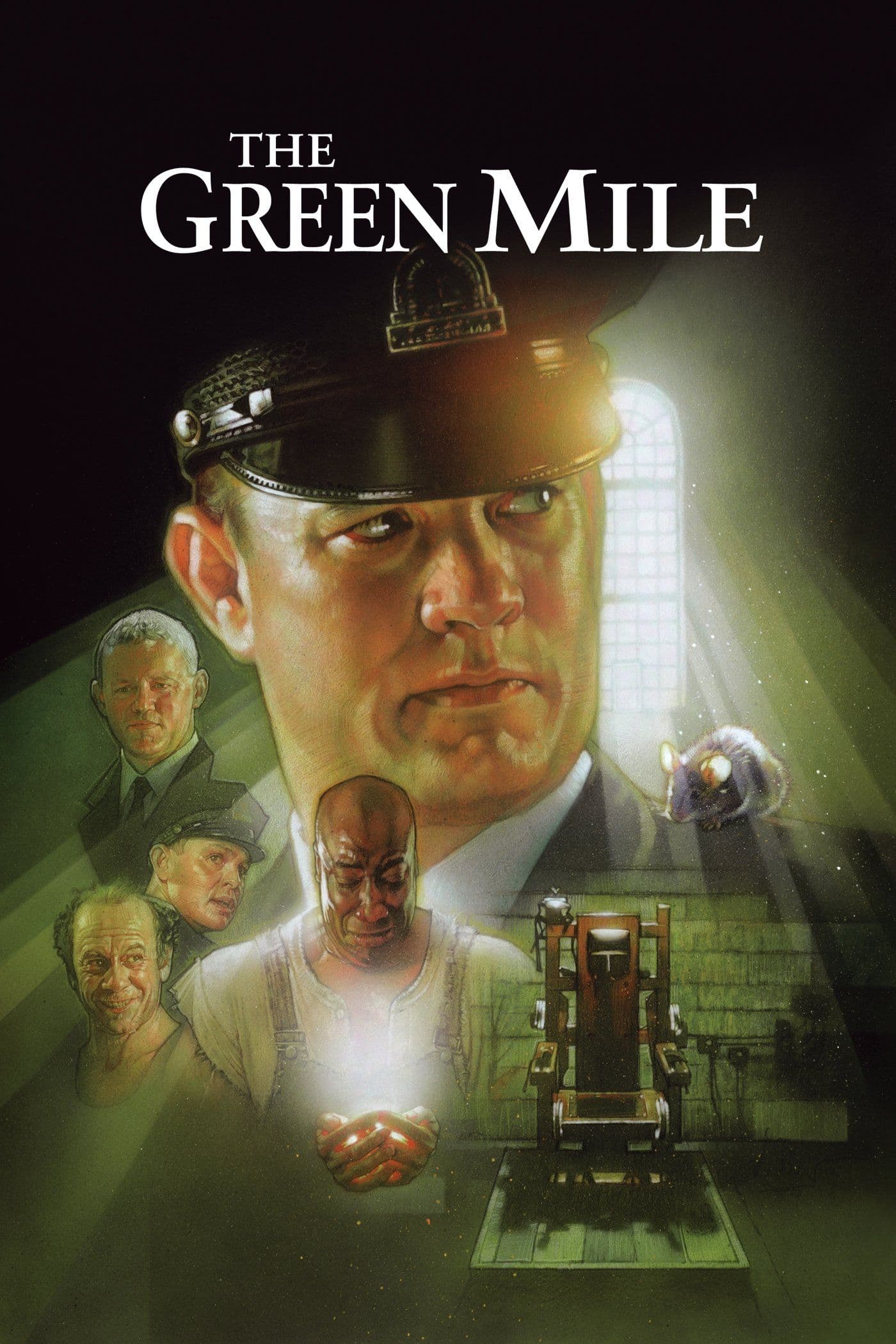
The Green Mile
1999
Rate this movie
Average: 2.67 / 5
(3 votes)
Director
From a novel by Stephen King, who over the years has proven an inexhaustible source of narratives for the big screen, yet another thrilling film by Frank Darabont, following the unforgettable epic The Shawshank Redemption. Darabont, with his almost unique sensibility in the Hollywood landscape, once again demonstrates his ability to grasp the deepest, less horrific soul of the "Master's" prose, transforming his intricate plots into human frescoes of extraordinary emotional and moral resonance. His mastery lies not so much in faithful adaptation as in the ability to distill the thematic essence, focusing on the resilience of the human spirit in the face of injustice and despair.
The Green Mile is, in its rawest definition, the last stretch of green-paved corridor that death row inmates walk before the electric chair; but in the lexicon of Darabont and King, it becomes much more than a mere physical passage. It is a path of redemption and condemnation, a crossroads of destinies, where the color of hope is paradoxically tinged with an ineluctable shadow of death, elevating the term to a powerful metaphor for humanity's final, irreversible march towards the unknown.
The work stands out impressively for its ambition and impeccable execution: nearly three hours in length that slip by weightlessly, supported by meticulous and credible historical reconstructions of Cold Mountain in 1935, immersing the viewer in a Great Depression-era America, defined by segregation, poverty, and often summary and perilous justice. The meticulousness of the set design and the care for period details lend the film an authenticity that transcends mere reconstruction, permeating every frame with a palpable atmosphere of tension and disillusionment. Credit also goes to an always-stellar cast, orchestrated with rare mastery, featuring the unwavering excellence of Tom Hanks, who embodies Paul Edgecomb with a dignity and vulnerability that make his character a symbol of moral conscience, a man trapped between the obligation of his role and the cry of his humanity. Alongside him, figures like David Morse, with his quiet integrity, and Doug Hutchison, who crafts a Percy Wetmore of almost tangible odiousness, contribute to weaving a complex web of relationships and conflicts.
Within this context of desolation and resignation, a group of inmates at Cold Mountain Penitentiary makes the acquaintance of John Coffey, a gigantic man of imposing physicality but with the spirit of a child, endowed with exceptional miraculous powers. The paradox is heartbreaking: John has been sentenced to death, accused of raping and murdering two young girls, but in reality, he is a pure soul, an innocent whose physical stature conceals infinite fragility and a capacity for empathy that transcends human limits. His condemnation is a direct indictment of the judicial system, blind and hasty, and of the prejudice that often cloaks the unknown in horror. The true perpetrator of the atrocious crime, "Wild Bill" Wharton, a figure of Luciferian cruelty masterfully portrayed by Sam Rockwell, ends up in the same prison on other charges, making the irony of fate even more bitter and Coffey's tragedy even more unbearable.
With the arrival of John Coffey, relationships and hierarchies within the cramped walls of Cold Mountain prison undergo an almost alchemical transformation. His presence, so anomalous and miraculous, becomes an opportunity to breach a world where hostility and violence characterize the relationships between jailers and inmates, forcing each individual to confront their own conception of justice, faith, and compassion. The prison transforms into a microcosm where good and evil are never rigidly defined but reveal themselves in the nuances of human choices in the face of such striking innocence and such untamed evil. The ethical dilemma facing Paul Edgecomb is the beating heart of the film: to execute a sentence he knows to be an abomination, or to defy a system in which he himself is a cog?
Splendid, indeed masterful, is Darabont's directorial hand. As usual, his style is clean, sober, and by no means redundant, a stylistic hallmark that reflects a deep trust in the power of narrative and the expressiveness of the actors. His vision never indulges in unnecessary formalism or directorial showmanship; on the contrary, it serves the story, capturing the innermost essence of the emotion on screen and delivering it directly, unfiltered, to the viewer's heart. In this sense, the scene of the warden's wife's healing is striking, in which Darabont exalts the concept of "thaumaturgy by subtraction": the almost ethereal, yet palpably painful, way in which John's inhalation of the evil contained within the woman's body is visually rendered is evocative, an image that evokes ancient myths of sacrifice and purification, and which is supported by a soundtrack (by Thomas Newman) that whispers more than it shouts, amplifying the atmosphere of the sacred and the profane. It is a potent metaphor for his Christological nature: a being who absorbs the suffering of the world, purifying it but condemning himself to a pain that is not his own.
The figure of John Coffey, created by the visionary pen of Stephen King, embodied with unheard-of power and delicacy by the imposing Michael Clarke Duncan – in what would remain the definitive performance of his career – and sanctified by Darabont's empathetically penetrating direction, is the great iconographic legacy of this film. He is more than a character; he is an archetype, a kind of emotional and moral logo that has penetrated the collective imagination of every film enthusiast. His physical stature poignantly contrasts with his childlike purity, making him a universal symbol of persecuted innocence and redemptive sacrifice. The Green Mile is not just a film about the death penalty, but an intense meditation on the nature of good and evil, on faith and doubt, and on humanity's inability to recognize divinity when it manifests in its most unexpected and vulnerable form. Its emotional resonance and moral admonition endure, long after viewing, rightfully inscribing it among the masterpieces of cinema that touch the soul.
Main Actors
Country
Gallery
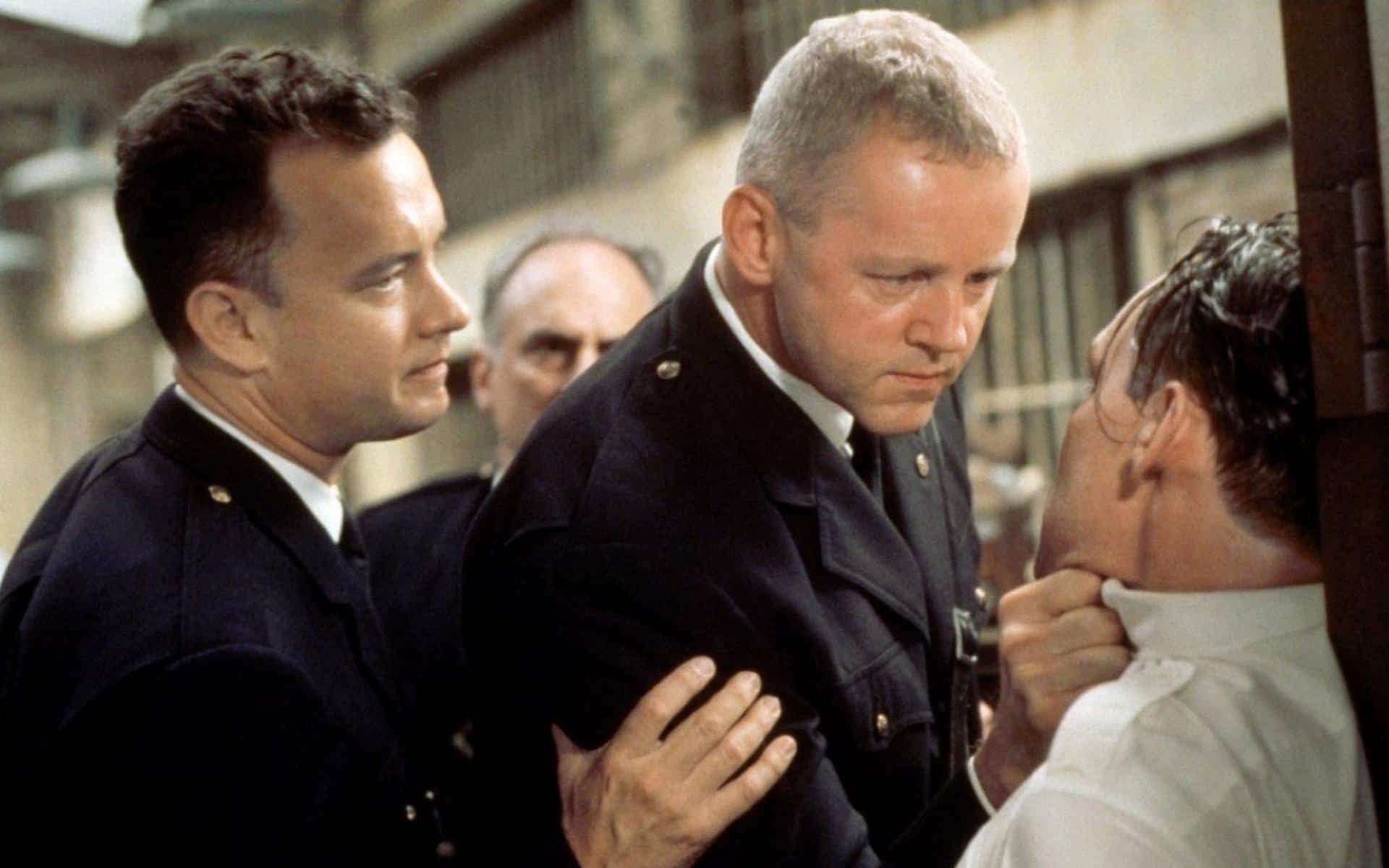
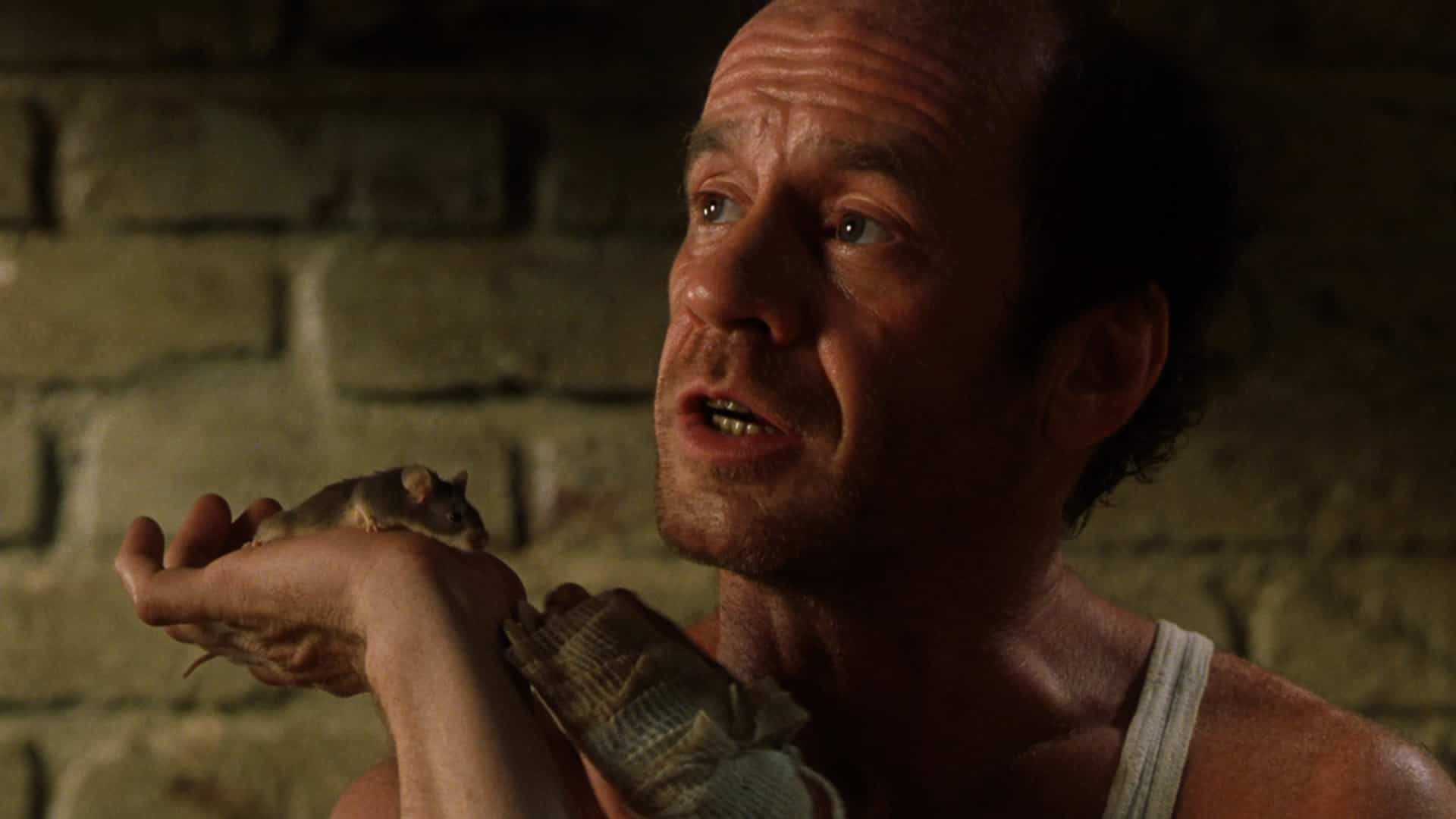
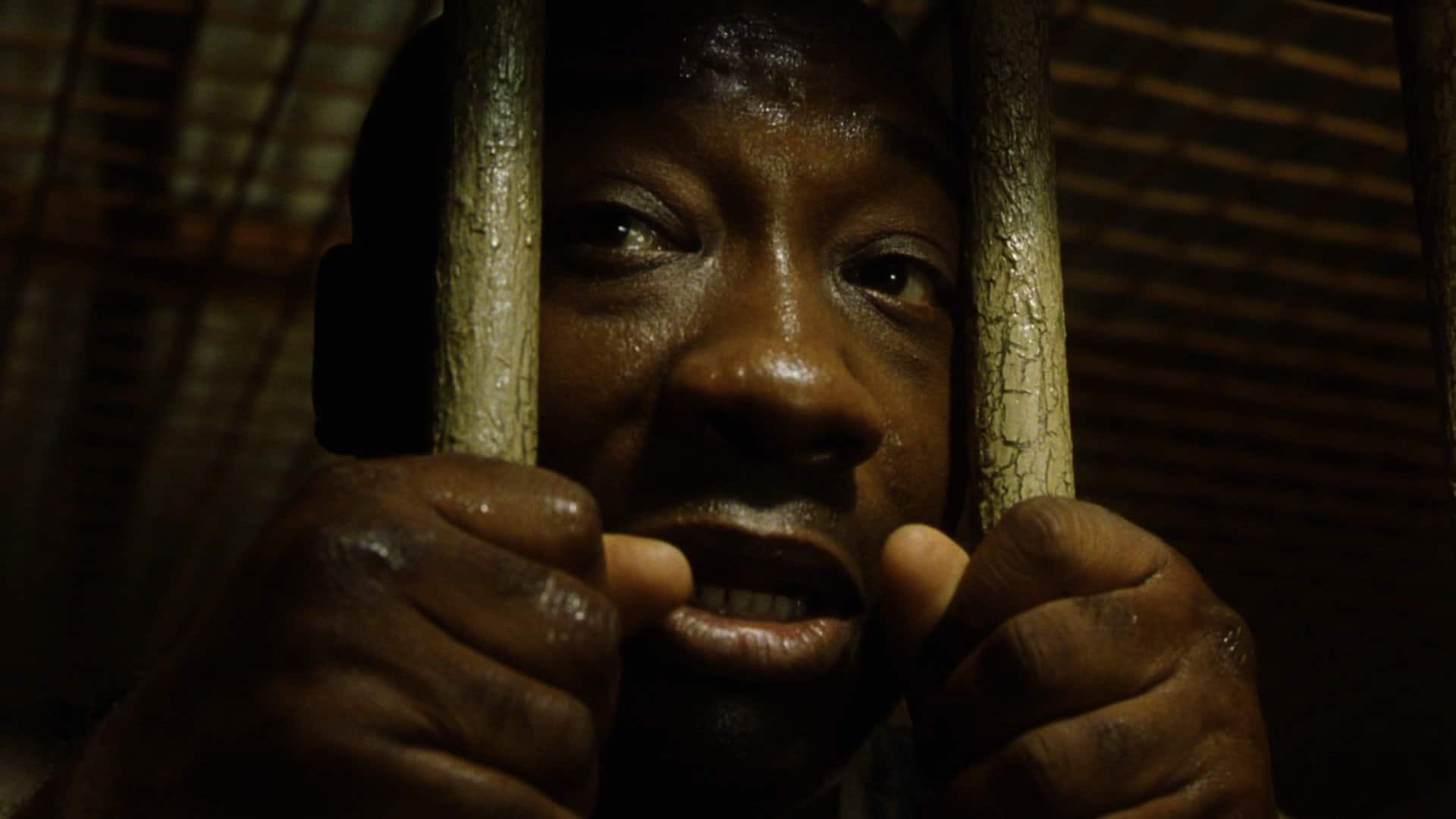

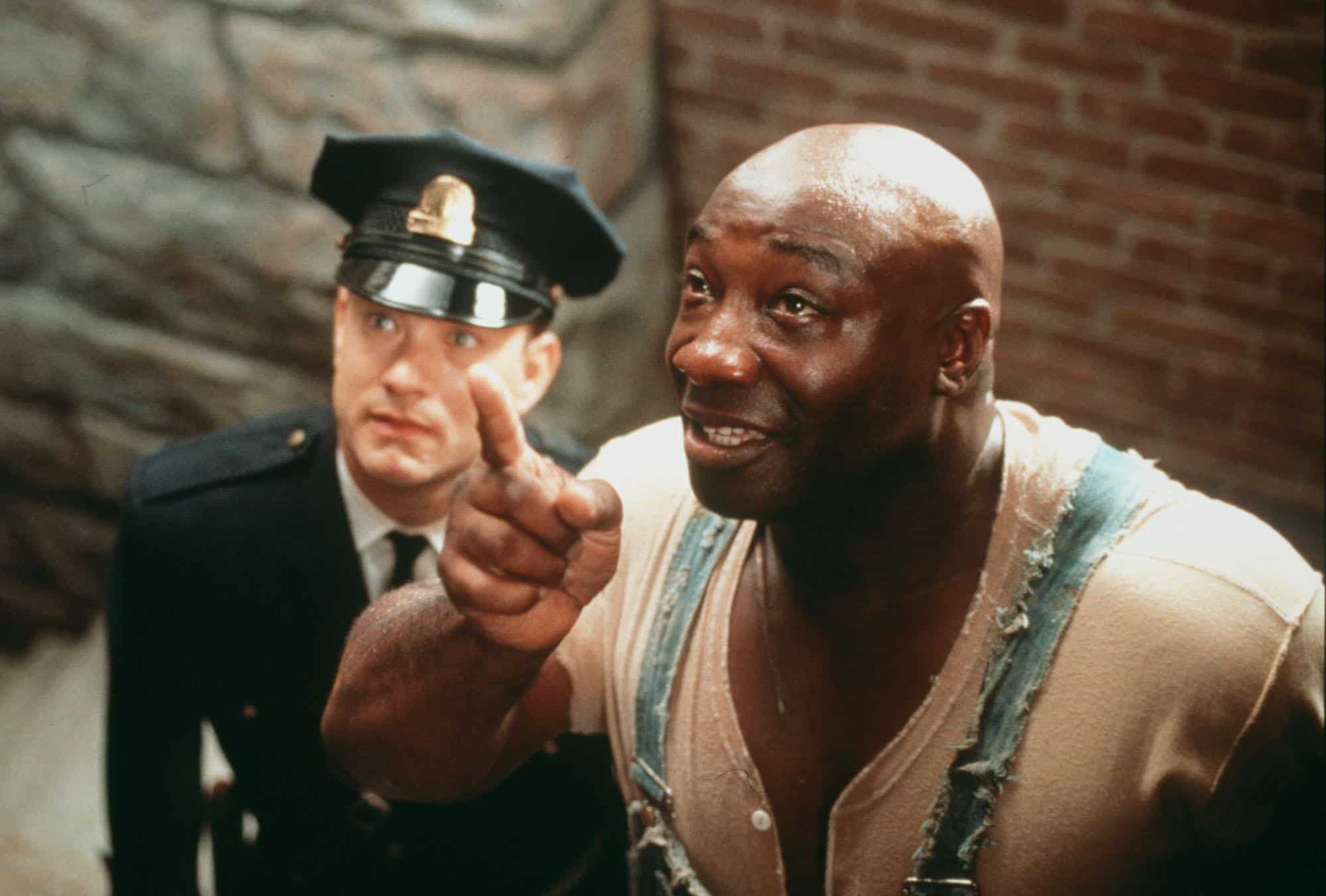


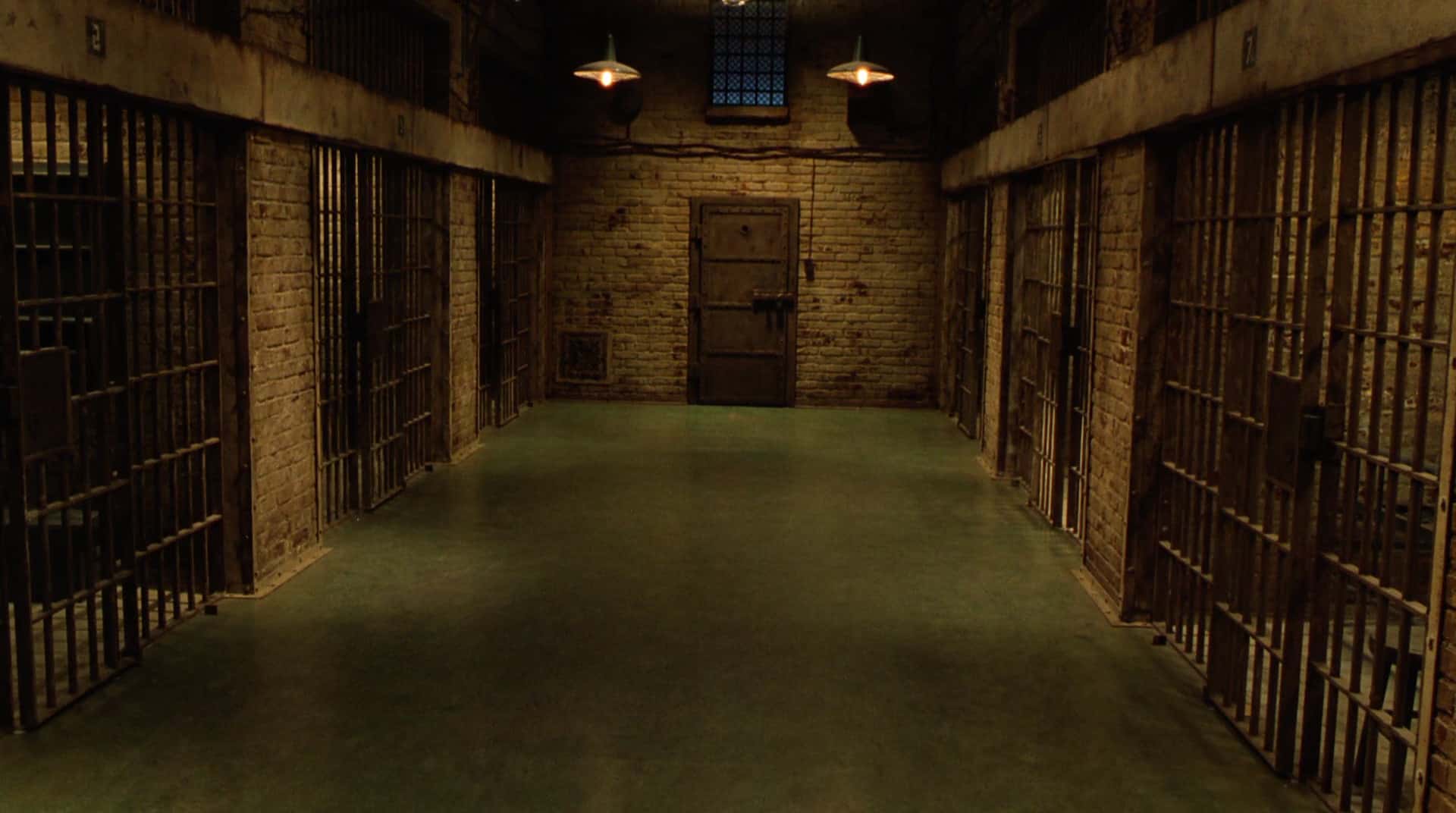

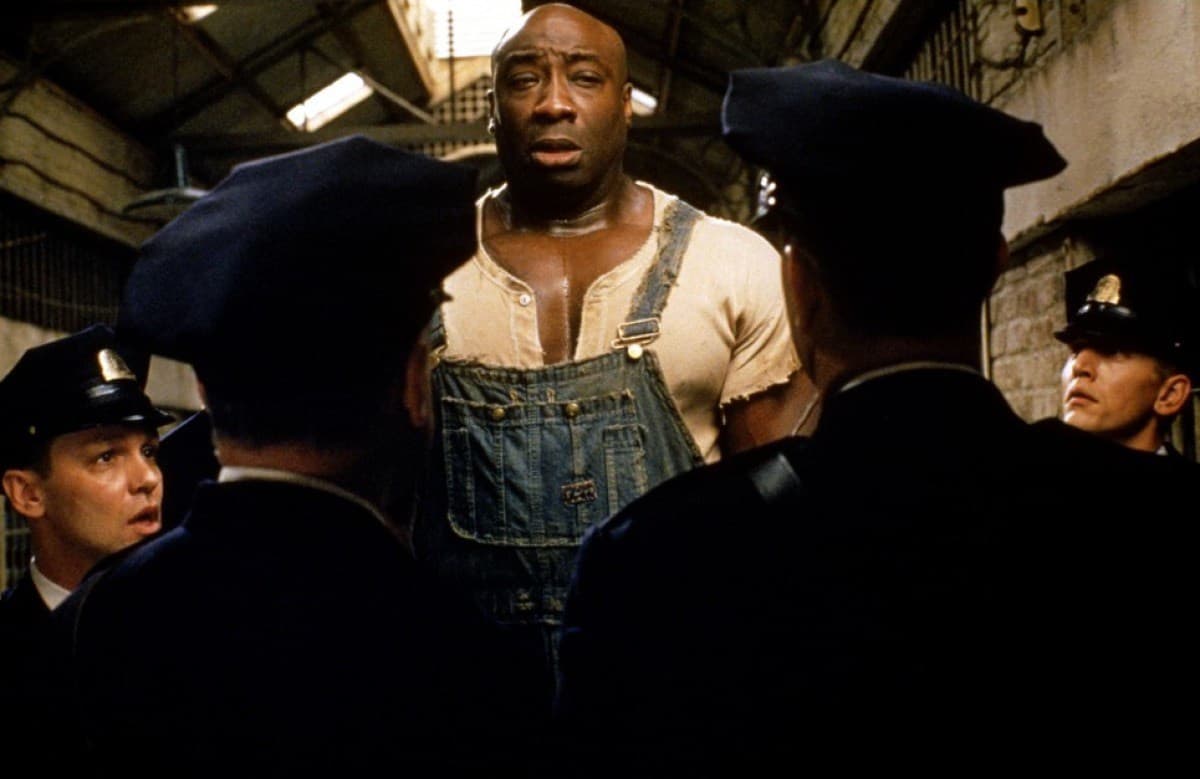
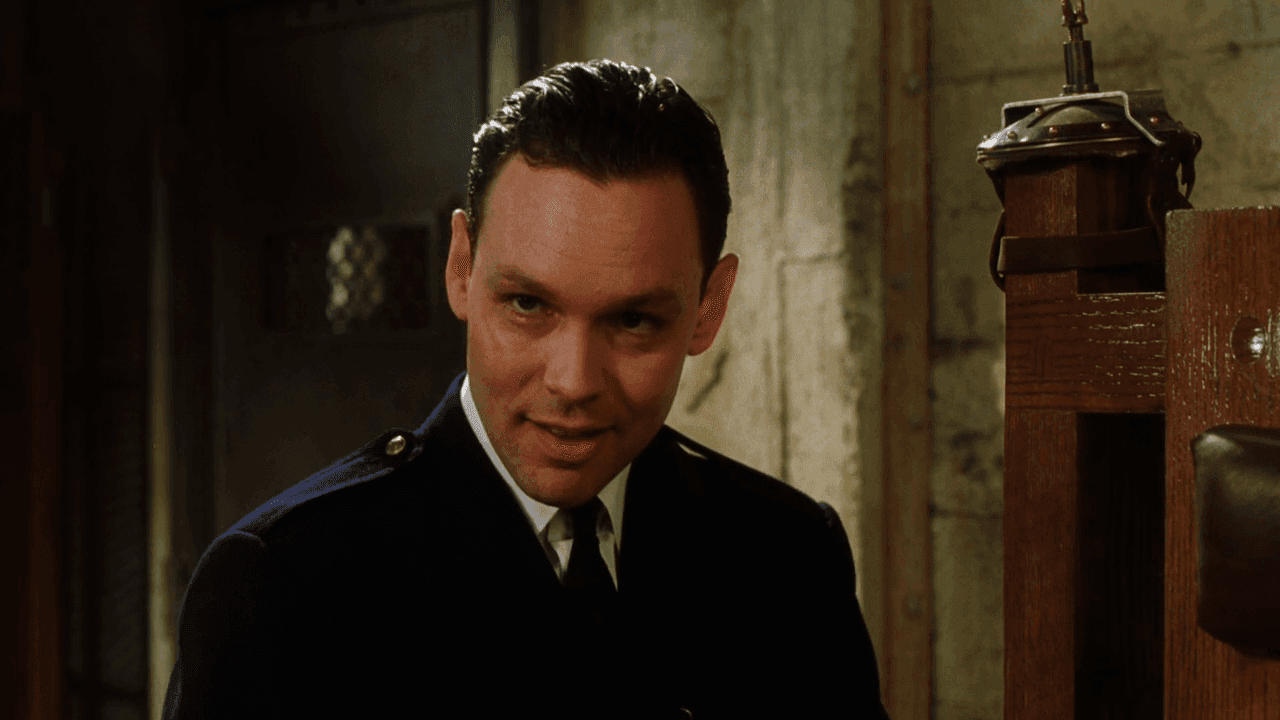
Comments
Loading comments...